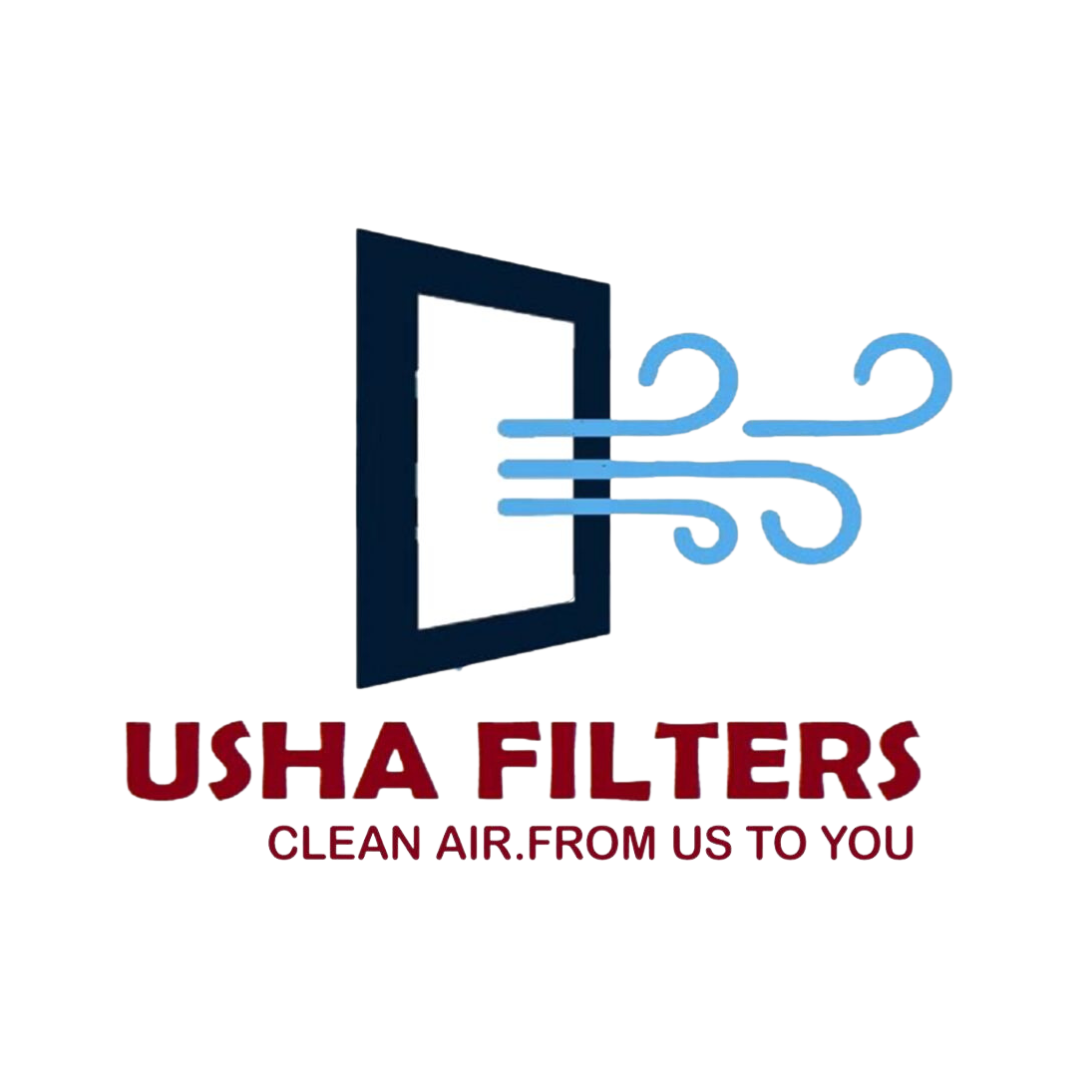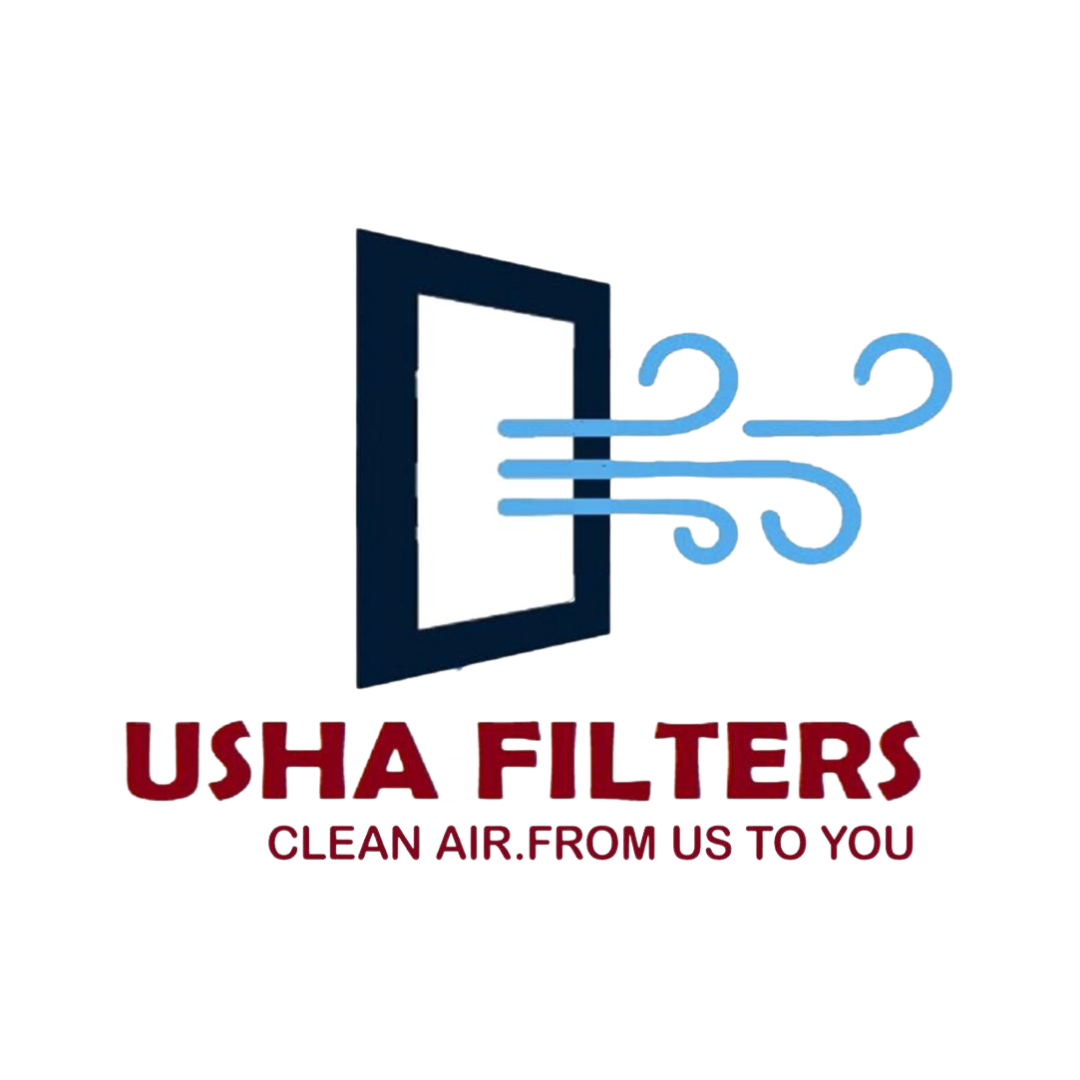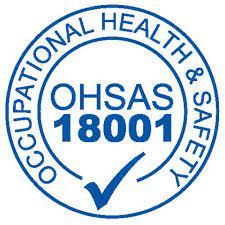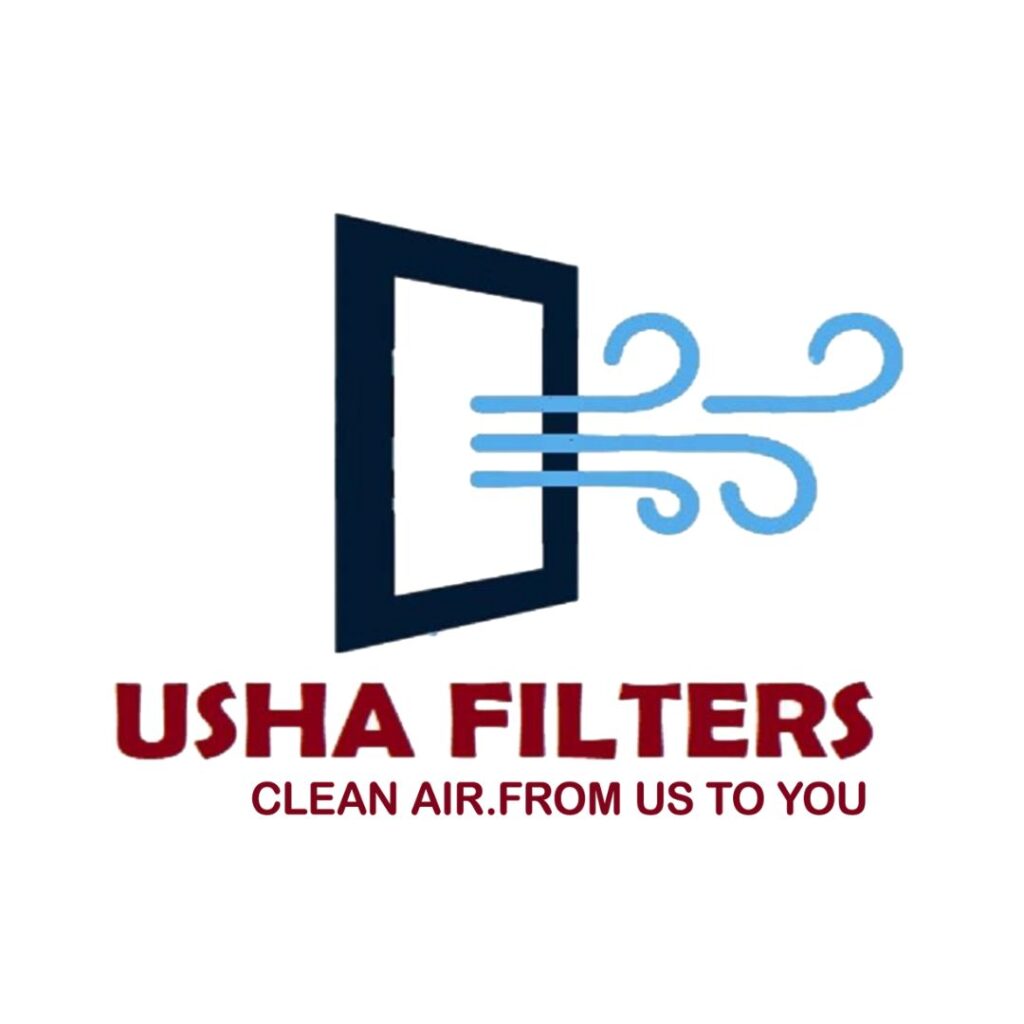Tips for Maintaining, Replacing, and Removing the Filter
A filtration system is clean when all components, including air filters, are in good condition. A good interview starts with regular attention. Here are four tips to ensure the durability and proper operation of a filtration system.
1 Check every month
• If the filter elements are stable to reduce the risk of microbiological growth
• If the filter pockets do not show tears or points of wear due to friction
• If there are no other mechanical faults, such as damaged seals
• Differential pressure and hours of service
2 Replace Filters
• In case of leakage or visual damage
• In case of collapse of the filter
• After construction or transformation of the facility
• As soon as the final pressure drop of the filter is reached
• Changes are expected preferably after the pollen season (in autumn) or after the heating season.
3 Points to observe when changing the filter
• Keep spare filters dry and clean in the original packaging
• Always wear clothing and a protective mask when changing filters
• Carefully pack the used filters to prevent any impurities from escaping
• Clean the installation and replace the damaged seals
• Carefully mount the new filter to avoid any damage
• Check the status of general installations
• Note on the maintenance documents, for each filtration section: – the filter replacement date – the measured resistance of the new filters – the expected date for the next change – the name of the maintenance manager
4 Polluted outdoor air exhaust and recirculating air filters
Filters that have captured harmful substances – toxic or pathogenic – are to be disposed of as chemical wastes (DASRI). They are therefore subject to the local rules in force for the protection of the environment. The other filters are to be considered ordinary industrial waste (DIB) and can be eliminated in industrial incinerators for example.










